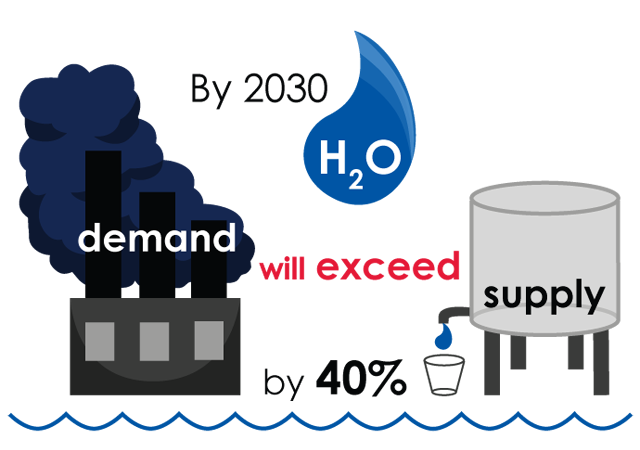WATER CAPTURE (HARVESTING)
from rain, aquifers, rivers, melts, storage, and treatment
Watering harvesting means capturing rain water, where it falls and capture the runoff from, catchment and streams etc. Generally, water harvesting is direct rainwater collection. This collected water could be stored for later use and recharged into the ground water again. Rain is primary water source lakes, ground water and rivers are the secondary water source.
The need to capture, store, filter and reuse rainfall is becoming more and more important. As water companies increase their prices and the population grows, demands on mains water continue to rise. Coupled with consumer demand for companies to reduce their environmental impact, rainwater harvesting is increasingly sought after by both the general public and commercial organisations and is starting to become the first solution in water management strategies at government level….
Commercial rainwater harvesting isn’t just about the environment though. Alternegy can help provide rainwater harvesting systems to save your company money.
Industrial and Commercial Rainwater Harvesting
The benefits to industry of a good commercial rainwater harvesting scheme are numerous and far reaching. Our industries use a large amount of water for their processes and the installation of an efficient system can help reduce their reliance on a mains supply by between 40 and 50%.
- It’s better for industrial machinery because rainwater is kinder than a treated mains supply of ‘harder’ water
- Most industrial and commercial premises have a large amount of roof space that can easily be converted to improve rainwater harvesting
- In the last 20 years, the average water bill for industrial premises has increased by almost 40% which means that significant savings can be made, now and in the future.
- For commercial rainwater harvesting, larger sites tend to enjoy a quicker return on investment that makes it well worthwhile for industry and substantial commercial developments.

Did You Know?

How Water Catchment Works
Rainwater collection or harvesting is the process by which rain water that hits the roof is stored and reused. Roof catchment systems channel rainwater that falls onto a roof into storage through a system of gutters and pipes. A first flush of rainwater is run to clean the surface of the roof of debris. Roof gutters are designed with sufficient incline to avoid standing water. The water is transferred by rain gutters, through piping, then through filters to a rain harvesting tank that is sized to store up to 18 months of water for the household. Storage tanks are covered to prevent mosquito breeding and to reduce evaporation losses, contamination and algal growth. The captured water is piped back to the house for all domestic use after going through a series of filters and ultraviolet light. Rainwater is naturally pure and eliminates the need for any water softening systems. Rainwater harvesting systems require some regular maintenance, cleaning, and testing to keep the system hygienic and in good working order.

